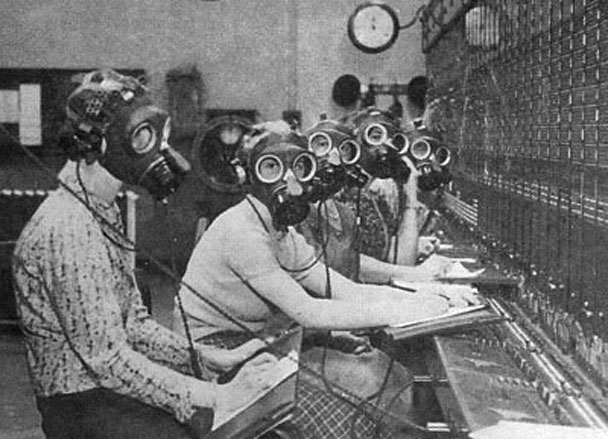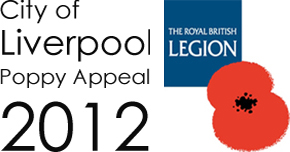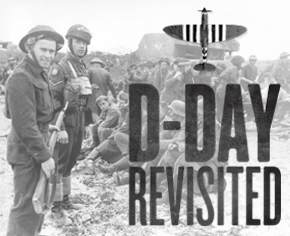During World War II approximately 130,000 people were evacuated away from Merseyside. These weren’t only school children, but also pregnant women, young mothers with babies and disabled adults. By 1st September 1939, war with Germany seemed inevitable. Although nothing was official, people feared they would be attacked as soon as war was declared, so evacuation began days before Prime Minister Chamberlain declared war over the wireless.
The Liverpool Corporation arranged for children to be moved to the quiet countryside of Cheshire and North Wales, where they would be much safer from bomb attacks. Many children were evacuated by ship from Liverpool to Canada, South Africa, New Zealand or Australia and many of these evacuees never returned home. However hard it might have been, for many parents this was one way to ensure their children would survive even if Britain was invaded.

Unexpectedly, after war had been declared, months passed by and the bombs didn’t arrive… this was known as “the Phoney War” and many children were brought back home to Liverpool. However, once France fell to the Nazis in May 1940, german planes moved much closer to the English Channel and soon after the Blitz on Britain began in earnest!

Like parents in all major industrial cities, those in Merseyside had to be persuaded to let their children go to strangers many miles away for an unknown length of time. Newsreel reports showing bombs and gas attacks in Spanish cities helped persuade many parents, as did information from schools, loud hailers, churches and newspapers. Understandably many parents did not want to let their children go, so they stayed in Liverpool.


Inevitably, children reacted differently to this stressful upheaval… some were frightened, others saw it as a great adventure! Many had not been to the countryside before, nor seen fields or farm animals and were overwhelmed by their new surroundings.
Once children arrived at their destination with their gas masks across their shoulders, they were chosen by billeters who often made their choice based on how the child looked and how strong and healthy they seemed. Many were separated from their siblings, which was often very traumatic. Some children were not selected at all and were taken from home to home by the organisers who tried to find them places.

There were many reports of billeters being shocked by the condition of children from poorer inner-city areas; they were very often dirty and ill-dressed. Lice, malnutrition and diseases such as impetigo, scabies, and diptheria were common in densely populated urban areas, but were very rare in the countryside.

Experiences varied dramatically and inevitably a lot of it was down to pure luck. Many children had a wonderful time and some even refused to leave at the end of the war. Some even chose to be adopted by their billeted parents. Thousand of children lived away from Merseyside for several years. In that time they had grown a lot and become accustomed to being distanced from their parents; some reunited families were practically strangers. Many children returned to Merseyside able to speak Welsh fluently – some had forgotten almost all the English they knew.
The most unlucky children were placed where they were not wanted. Some had a miserable time; fed poor food, forced to live outside and work long hours. There were several cases of physical, mental and sexual abuse.
Mothers often suffered terribly. They missed their children and at the same time were struggling to cope with bomb raids, rationing and the absence or even death of their husbands. They were also asked to pay what they could towards their children’s upkeep. Parents could visit their children but were encouraged not to do so often as this could unsettle the children. Consequently, mothers usually knew little about the people who were raising their children.

For most children and parents, the return home meant a very emotional and happy reunion. There’s no doubt the evacuation of children from Britain’s cities during the Blitz did save lives.





 About
About